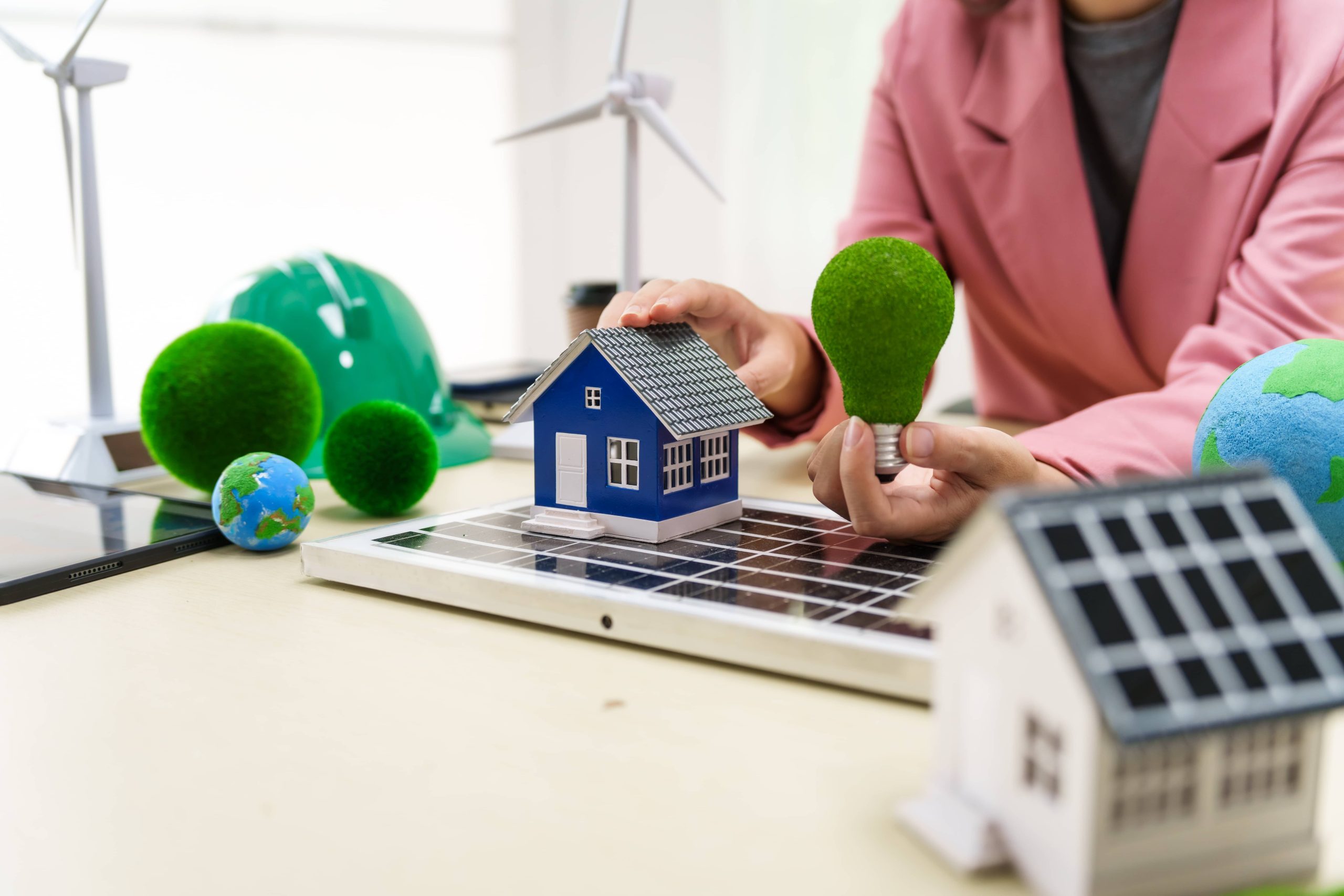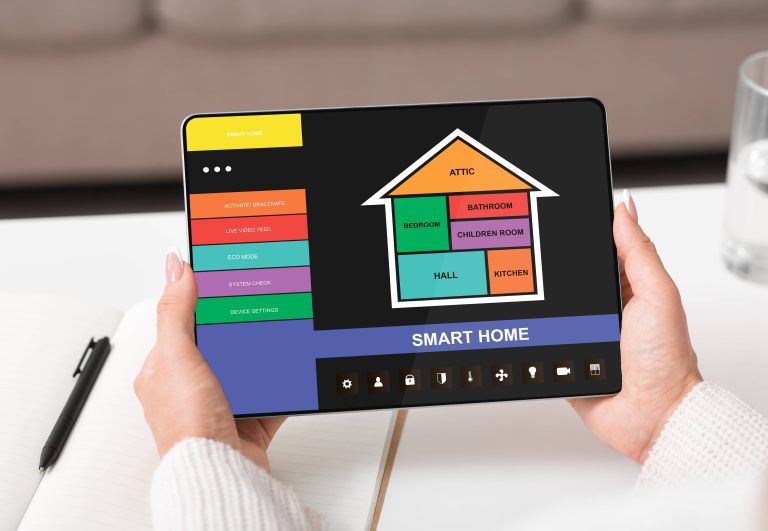
As the world continues to move towards more sustainable and energy-efficient solutions, smart home technology is taking center stage. For homeowners looking to cut energy costs while minimizing their environmental footprint, smart home devices offer innovative and practical solutions. From intelligent thermostats to smart lighting systems, these technologies not only enhance convenience and comfort but also present a compelling case for energy conservation. In this blog post, we’ll explore the ways you can reduce energy costs using smart home technology.
Understanding Smart Home Technology
Smart home technology consists of interconnected devices that can be controlled remotely via a smartphone, tablet, or centralized hub. These devices range from simple smart plugs to advanced home automation systems that govern entire house operations. The key characteristic of smart technology is its ability to learn, adapt, and respond to user behavior, thereby optimizing both energy use and convenience.
Intelligent Heating and Cooling
Heating and cooling account for a significant portion of a household’s energy consumption. Traditional programmable thermostats offer some level of control, but smart thermostats take it a step further. These devices, like the Nest Thermostat or Ecobee, learn your schedule and preferences over time. They can automatically adjust the temperature when you’re asleep or away from home, ensuring energy isn’t wasted.
Moreover, many smart thermostats are equipped with remote sensors to detect which rooms are occupied. The thermostat can then direct heating or cooling to those specific areas, avoiding unnecessary energy use. Additionally, these systems provide insights and reports on energy usage, empowering homeowners with the information they need to make more informed decisions.
Optimizing Lighting with Smart Bulbs and Switches
Lighting is another aspect where smart technology can lead to significant energy savings. Traditional incandescent bulbs are notorious for their inefficiency. Smart LED bulbs, on the other hand, are not only more energy-efficient but can also be controlled remotely.
Smart bulbs from companies like Philips Hue or LIFX can be dimmed, turned off, or set to a schedule, all through your phone or a voice assistant. This means no more forgotten lights left on when you leave the house. Motion sensors can also play a crucial role, automatically turning off lights in unoccupied rooms to further reduce energy costs.
Smart switches offer an even greater level of control by allowing you to automate entire circuits rather than individual bulbs. For instance, a smart switch could be programmed to turn off all the lights in your home when you set your alarm system to “away mode.”
Smart Plugs and Power Strips
Many devices continue to draw power even when they are turned off, a phenomenon known as phantom or standby power. Smart plugs and power strips can combat this issue by completely cutting off the power supply to these devices when they are not in use.
These smart accessories can be controlled remotely and scheduled to turn off during certain times of the day. Imagine your TV, gaming console, and other entertainment devices powering down automatically overnight or while you’re at work, thereby saving energy without requiring any effort on your part.
Energy Monitoring and Feedback
Knowledge is power when it comes to managing energy consumption, and smart home technology offers sophisticated energy monitoring tools. Devices like the Sense Energy Monitor or the TED Pro Home not only track your overall energy use but can even break it down by appliance.
This granular level of detail helps homeowners identify which devices are the most energy-intensive and need to be managed more efficiently. With such insights, you can make data-driven decisions, such as replacing an old refrigerator or adjusting the usage patterns of your heating elements, ultimately leading to cost savings.
Smart Appliances and Efficient Operation
Modern smart appliances, such as washing machines, dryers, and refrigerators, are designed to operate more efficiently than their traditional counterparts. For instance, a smart washing machine might use sensors to adjust water levels based on the load size, while a smart refrigerator could provide alerts if the door is left open or if it’s time to replace the air filter.
These appliances can often be integrated into a home automation hub, allowing you to control and monitor them remotely. Such capabilities ensure that your home operates at peak efficiency, reducing unnecessary energy consumption and lowering your utility bills.
Integration and Automation
The true power of smart home technology lies in its ability to integrate multiple devices into a cohesive, automated system. Platforms such as Amazon Alexa, Google Home, and Apple HomeKit offer interoperability amongst a wide range of smart devices, enabling them to work together seamlessly.
For instance, scenario-based automations can be created to ensure energy efficiency. You could set your smart thermostat, lights, and appliances to “eco mode” when you leave the house, then have them revert to a more comfortable setting when you return. This level of integration not only boosts convenience but also ensures that energy conservation measures are consistently applied.
The Future of Smart Energy Management
As smart home technologies continue to evolve, we can expect even more advanced solutions for managing household energy usage. Innovations like artificial intelligence, machine learning, and even blockchain could further enhance the capabilities of home automation systems, providing even greater energy savings and sustainability.
In conclusion, adopting smart home technology is a practical and effective way to reduce energy costs. Not only do these devices promote energy conservation, but they also give homeowners unprecedented control and convenience. Whether it’s through intelligent heating and cooling, optimized lighting, or real-time energy monitoring, smart home technology is an investment that pays off both in terms of cost savings and environmental impact.







